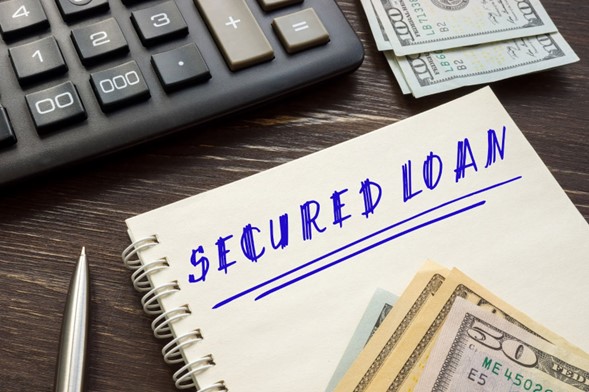The Surge of Secured Loans in a Pandemic-Stricken Economy: A Detailed Examination
As the world continues to grapple with the repercussions of the COVID-19 pandemic, one economic phenomenon that has gained significant traction is the upsurge in the demand for secured loans. The sweeping consequences of the health crisis have necessitated this financial solution for both individuals and businesses worldwide.
The Emergence of the Trend
The onset of the pandemic brought along unforeseen challenges, driving individuals and businesses to seek financial respite in the form of secured loans. Due to the inherent risk reduction attached to secured loans—where a borrower provides collateral—lenders have found it a safer option amidst economic uncertainty.
A Statistical Overview
According to data from the Federal Reserve Bank, secured loans in the US surged by approximately 20% in 2022 compared to the previous year, the highest increase since the 2008 financial crisis. This demonstrates the pivotal role secured loans have played in providing financial stability during these trying times.
Drivers of the Trend
Economic Downturn and Job Loss
Unemployment rates have spiked dramatically due to the pandemic. The Bureau of Labor Statistics reported an increase from 3.5% in February 2020 to a staggering 14.7% in April 2020. This rise in unemployment led to a loss of income, instigating a heightened demand for secured loans.
Inflating Business Needs
Many businesses, particularly in the hospitality and travel sectors, have found it challenging to stay afloat due to lockdowns and travel restrictions. Secured loans have offered these businesses a lifeline, allowing them to navigate this rough patch.
Lower Interest Rates
Interest rates have been historically low due to the pandemic. This has encouraged borrowing, as lower interest rates make repayments more manageable for borrowers.
Impact on the Economy
While the immediate effect of the rise in secured loans is a surge in consumer and business spending, thereby stimulating economic activity, it also raises concerns about debt sustainability. It’s a delicate balancing act between aiding immediate financial necessities and avoiding a future debt crisis.
Future Prospects
Moving forward, it’s anticipated that the demand for secured loans will continue to increase as the pandemic’s economic fallout lingers. However, financial institutions and policymakers must ensure sustainable lending practices to mitigate the risk of another financial crisis.
Unexplored Aspects of the Secured Loans Rise
While the surge in secured loans is an indisputable fact, there are a few critical areas that need more attention to fully comprehend this complex phenomenon.
Differential Impact Across Sectors
Not all sectors of the economy have been equally affected by the pandemic, leading to an uneven demand for secured loans across different industries. For instance, sectors like travel and hospitality have borne the brunt of the crisis, significantly contributing to the demand for secured loans.
Global Variations
Different countries have dealt with the pandemic in varied ways, and this disparity is reflected in their borrowing patterns too. A comparative study of secured loan trends across nations can offer valuable insights into the efficacy of different economic measures in managing the crisis.
Regulatory Influence
The role of regulatory bodies, such as the Federal Reserve in the US, in shaping the loan market during this period has been substantial. Their policies have directly influenced interest rates, which are crucial determinants of the demand for secured loans.
Recommendations for Policymakers
In light of the rise in secured loans, the following recommendations can be considered:
Introducing more flexible loan repayment options: To alleviate the burden on borrowers, financial institutions could introduce more flexible loan repayment options. These could include longer repayment periods or lower instalments.
Strengthening financial literacy
There’s a need to enhance financial literacy, particularly in a crisis. Ensuring that borrowers are aware of the terms and conditions associated with secured loans can help them make informed decisions.
Implementing responsible lending practices
Regulatory bodies must enforce responsible lending practices to prevent over-lending and eventual financial crises.
Conclusion
The rise in secured loans during the pandemic is a reflection of the challenges the world has been grappling with. It’s a story of resilience and survival, but also a warning about potential financial pitfalls. As we navigate this new landscape, it’s crucial to keep learning and adapting to safeguard the economy.
The rise of secured loans has undeniably been a significant trend in this pandemic-hit economy. It has offered a financial buffer to those hit hardest by the health crisis. However, it’s critical to proceed with caution, considering the potential long-term implications of this trend.

